Russia Deploys MiG-35 to Defend Moscow Against Ukrainian Drone Blitz
The decision to mobilise the MiG-35 "Fulcrum Foxtrot" underlines growing concern within the Russian General Staff over the resilience of its air defence network amid persistent UAV incursions, particularly those targeting symbols of state power and sensitive military-industrial facilities.
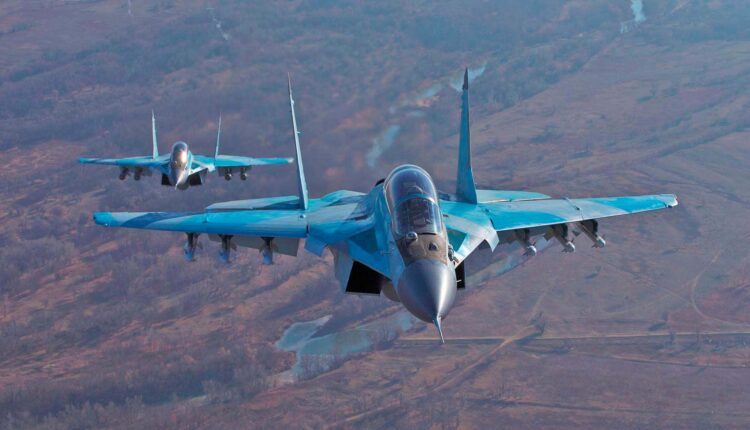
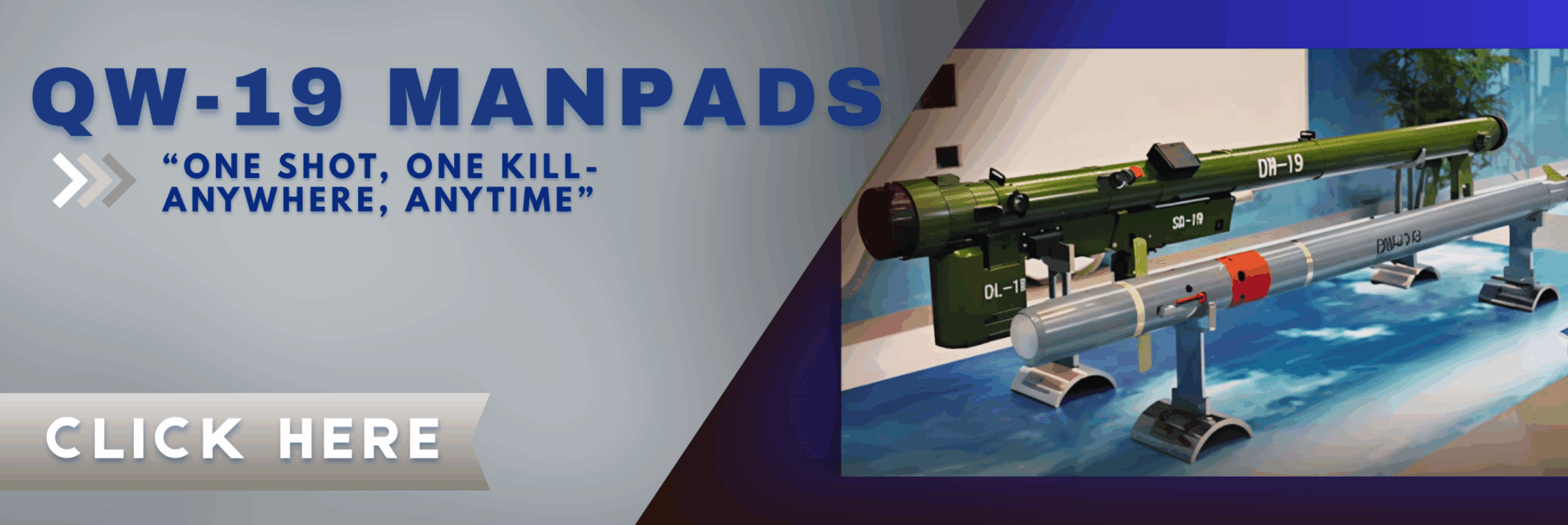
(DEFENCE SECURITY ASIA) – In a major shift signalling the MiG-35’s return to the frontline of Russian aerial warfare, the Kremlin has deployed the 4++ generation multirole fighter over Moscow to counter the recent surge of Ukrainian kamikaze drone strikes targeting the capital and other critical infrastructure nodes.
The decision to mobilise the MiG-35 “Fulcrum Foxtrot” underlines growing concern within the Russian General Staff over the resilience of its air defence network amid persistent UAV incursions, particularly those targeting symbols of state power and sensitive military-industrial facilities.
According to ANNA News, several MiG-35s were observed conducting persistent combat air patrols (CAPs) within the Moscow Military District over the past several days to provide rapid interception capability against low-flying unmanned aerial threats.
“Several kamikaze drones were successfully shot down with their (MiG-35s) assistance,” the report stated, underscoring the platform’s growing operational significance within Russia’s layered air defence architecture.
This deployment marks the first operational use of the MiG-35 for the direct defence of the Russian capital since the outbreak of the full-scale war in Ukraine in 2022, and it coincides with a broader shift in Russian doctrine towards the integration of high-agility fighters into domestic air security.
Prior to this, the MiG-35 had largely remained in the background, limited to evaluation, pilot conversion training, and passive air policing, with no confirmed combat engagements within Ukrainian airspace.
The increased tempo of drone attacks launched by pro-Kiev forces—including those employing commercial and military-grade fixed-wing and rotary UAVs—has forced the Russian Ministry of Defence to adapt its defensive posture with more aggressive aerial presence.
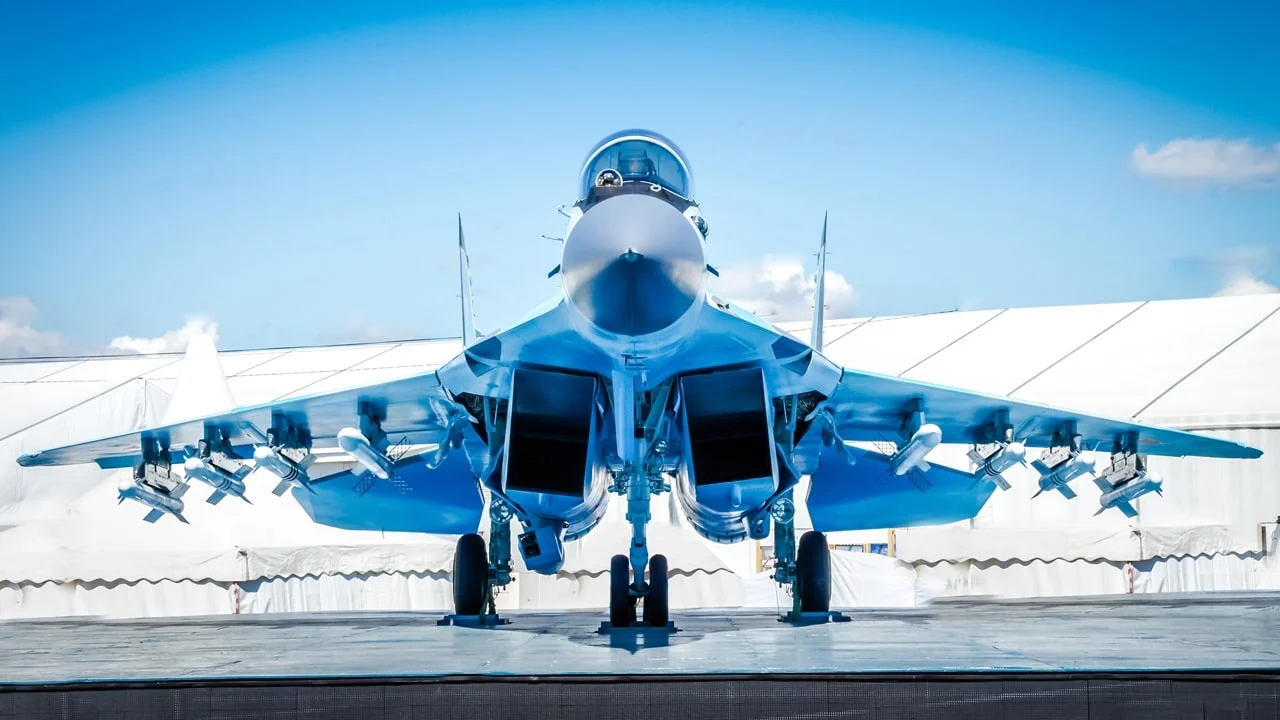
In the past 48 hours alone, Russian defence authorities reported the interception of 524 enemy drones, highlighting the scale and velocity of Ukraine’s asymmetric aerial campaign against Russian territory.
The timing of the MiG-35’s reactivation also aligns with Russia’s celebration of the 80th anniversary of Victory in the Great Patriotic War, a highly symbolic military occasion typically accompanied by massive parades and the visible projection of hard power across Red Square and beyond.
Despite the activation of multiple layers of integrated air defence—from Pantsir-S1 to S-400 systems—several drones succeeded in penetrating Russian airspace and striking critical nodes.
Among the most damaging incidents occurred in Saransk, the capital of Mordovia, where Ukrainian drones reportedly struck a strategic fibre optic production facility, underscoring growing concerns over Russia’s ability to shield its industrial rear.
Parallel to these operational developments, Russian media has reported that the MiG-35 has completed final state trials, paving the way for formal entry into serial production and potential wider deployment within the Russian Aerospace Forces (RuAF).
Sources suggest that the fighter was already undergoing limited operational deployment in Ukraine as part of a live combat evaluation programme, conducted under close supervision of the Russian Ministry of Defence.
Reports indicate that the United Aircraft Corporation (UAC)—Russia’s premier military aviation contractor—has prepared production lines to begin mass-manufacturing the MiG-35 pending formal procurement orders from the Kremlin.
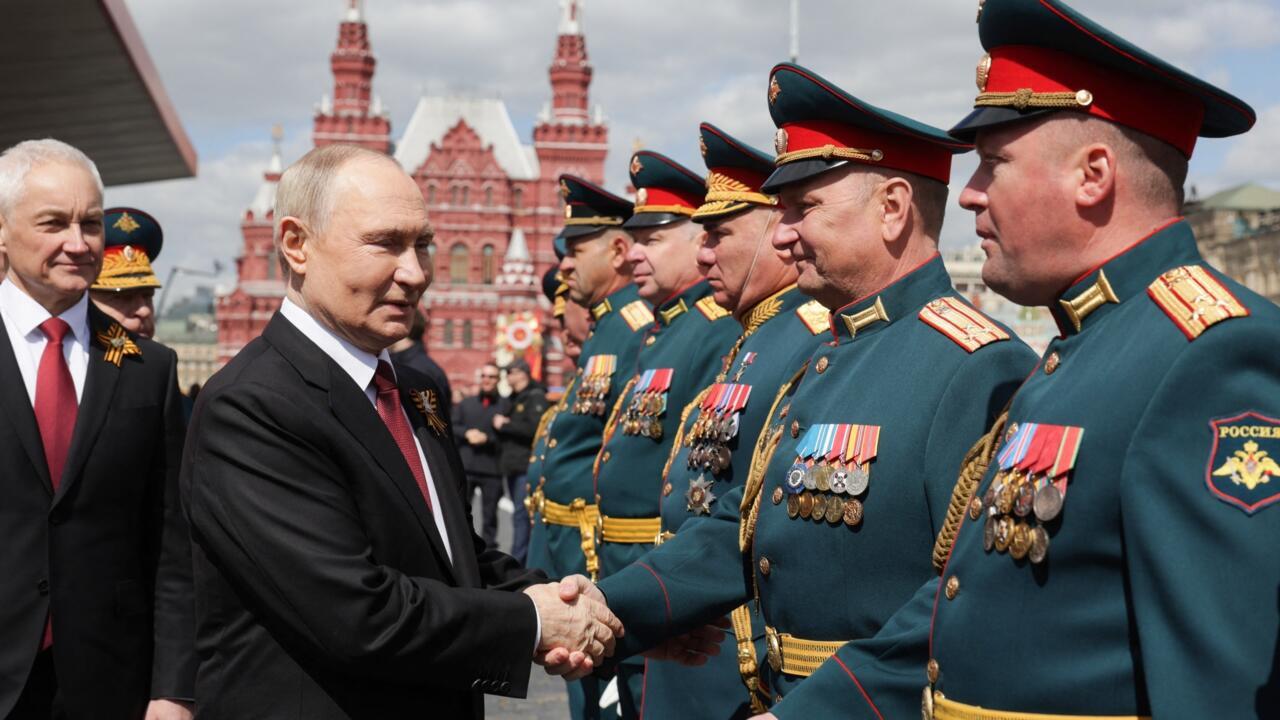
Last year, UAC CEO Yuri Slyusar confirmed that the company was targeting 2024 as the year for full-rate serial production, describing the MiG-35 as Russia’s answer to the increasing need for fast, versatile multirole fighters in a contested battlespace.
Russia’s accelerated investment in the MiG-35 programme reflects a deeper strategic anxiety that in the event of a major conflict with NATO, it would lack sufficient 4th and 5th generation fighter inventory to sustain long-term high-intensity operations.
The attrition of aircraft during the Ukraine war has severely impacted the RuAF’s force structure, triggering an urgent need for “recapitalisation” with modern and survivable airframes capable of integrating into Russia’s evolving network-centric warfighting doctrine.
What was once seen as an export-only platform with uncertain prospects is now being repositioned as a viable “gap-filler” between legacy Soviet-era jets and the still-developing Su-75 Checkmate fifth-generation stealth fighter.
Reports in late 2023 claimed that the MiG-35 had participated in ground attack missions in Ukraine, suggesting that the aircraft—long relegated to obscurity—may soon form the core of Russia’s tactical fighter fleet.
Speaking to RIA Novosti, senior UAC official Sergey Korotkov confirmed the MiG-35’s involvement in “combat operations in Ukraine,” and added: “Further extended flight trials will be conducted before the Russian Ministry of Defence makes a final decision on the matter.”
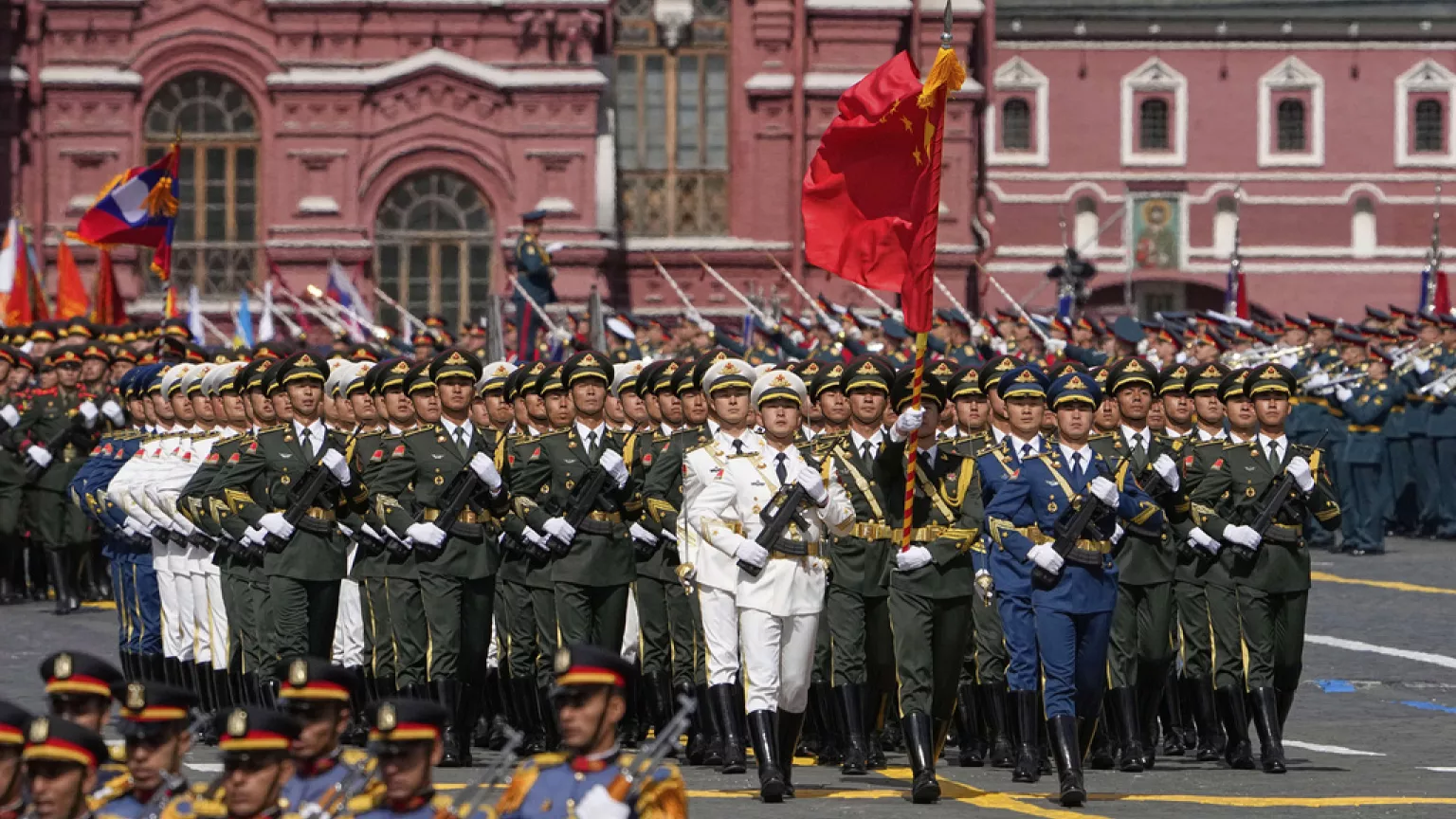
He further emphasised that the aircraft’s specifications were in line with the requirements of potential export clients, keeping the door open for future international sales despite lukewarm global interest thus far.
The aircraft’s current operational role in Ukraine may serve dual purposes: gathering combat performance data under real-world conditions, and proving the viability of the MiG-35’s advanced avionics, radar, and integrated weapon systems.
At present, the RuAF reportedly maintains a fleet of six MiG-35s for testing and limited operational evaluation, with full induction expected once the platform completes the final rounds of flight certification.
Once criticised for its limited export traction, the MiG-35 may now be poised for revival as Russia seeks to stabilise its air combat inventory with a platform that is cost-effective, highly upgradeable, and readily compatible with both legacy and next-gen munitions.
Russian analysts note that the MiG-35’s “open architecture” avionics suite enables seamless integration of future weapon systems, enhancing its relevance in an age of rapidly evolving battlefield technologies.
In line with modern Western standards, the MiG-35 is fitted with the ZHUK-AM Active Electronically Scanned Array (AESA) radar, significantly boosting detection range, electronic counter-countermeasure (ECCM) resistance, and multi-target tracking capacity.
“The faster an enemy aircraft is detected (using advanced radar systems), the faster it can be destroyed,” say Russian defence experts, stressing the importance of radar dominance in the BVR battlespace.

The Zhuk-AM radar is reported to detect targets at 220km, including stealthy platforms like the F-22 Raptor, which may be visible under certain conditions at 80km, depending on radar cross-section and angle of approach.
With a top speed of Mach 2.25, a service ceiling of 67,000 feet, and powered by twin Klimov RD-33K engines, the MiG-35 retains high agility while offering expanded mission duration and combat load capacity.
Armed with an array of advanced weaponry, the MiG-35 supports nearly every Russian tactical munition, making it a true multirole combat workhorse for both air superiority and strike operations.
It can carry up to 6.5 tonnes of ordnance on nine hardpoints, including R-73 and R-77 air-to-air missiles, Kh-29 and Kh-31 series air-to-ground and anti-ship missiles, and precision-guided bombs like KAB-500/1500.
The platform also integrates a dedicated Electronic Warfare (EW) pod, allowing the aircraft to perform SEAD (Suppression of Enemy Air Defences) and penetrate complex Integrated Air Defence Systems (IADS).
MiG-35’s compatibility with smart munitions such as Kh-31P anti-radiation missiles enables it to take on strategic roles in contested environments, particularly against NATO-standard radar and missile systems like Patriot and NASAMS.
— DEFENCE SECURITY ASIA

